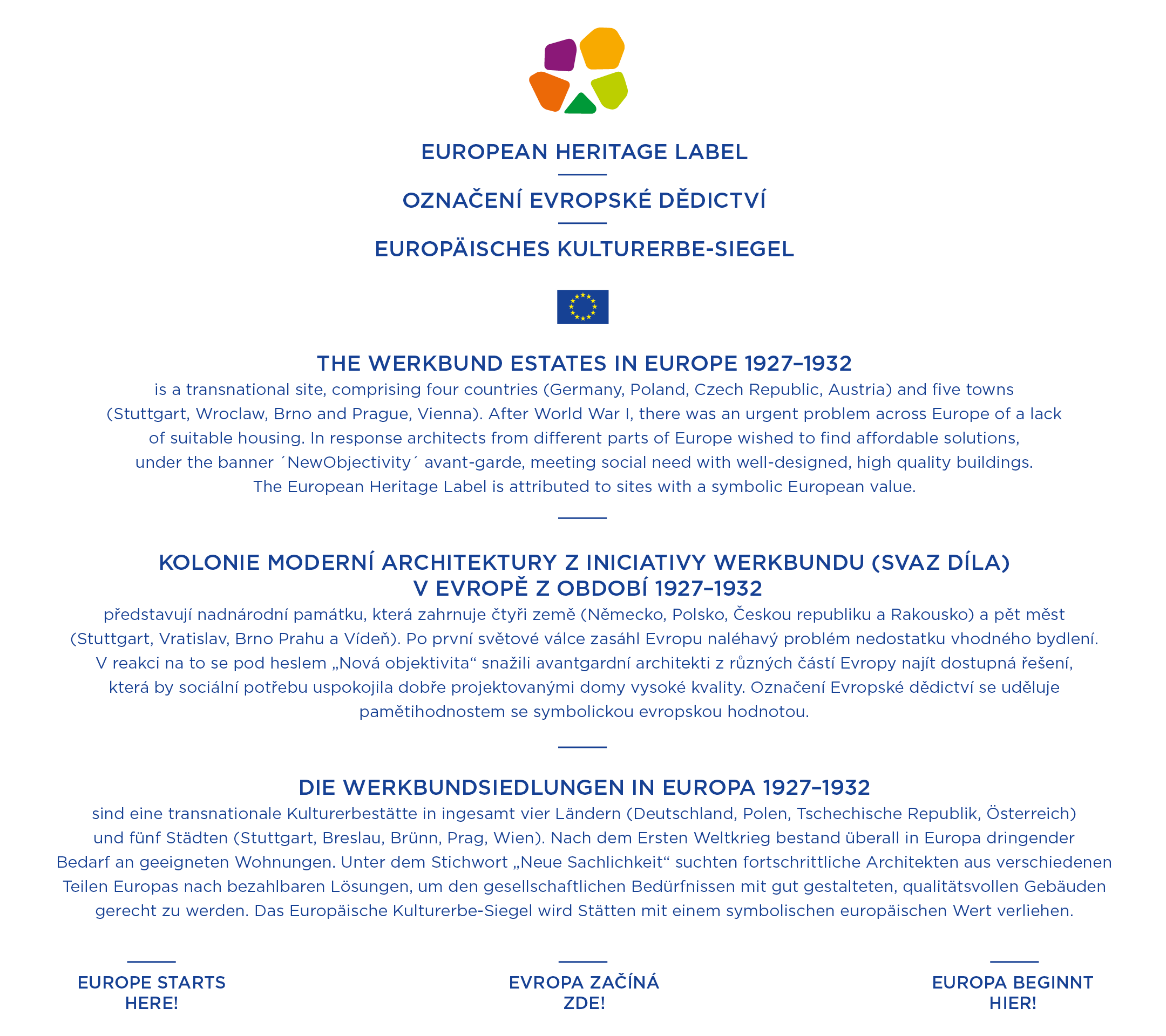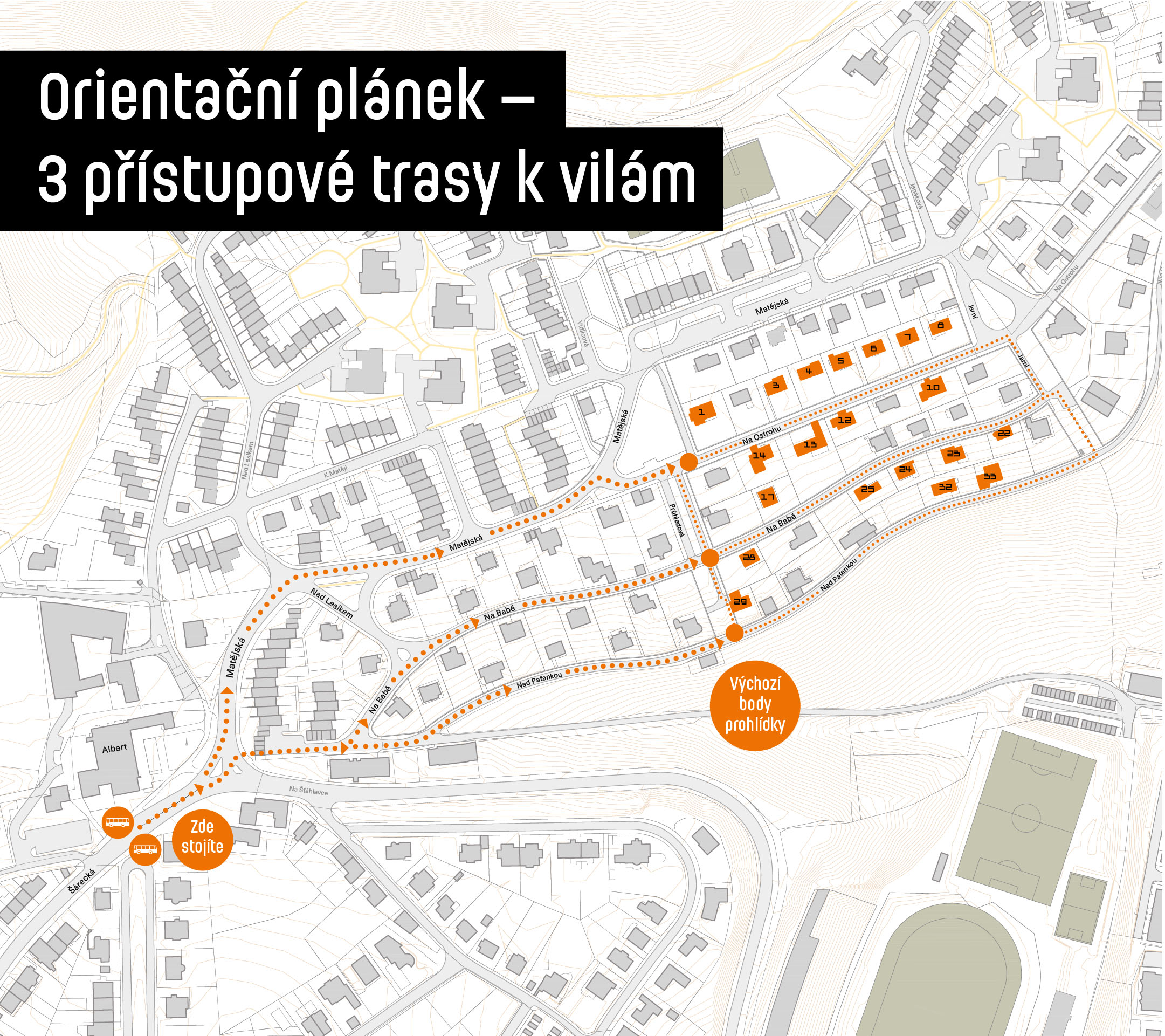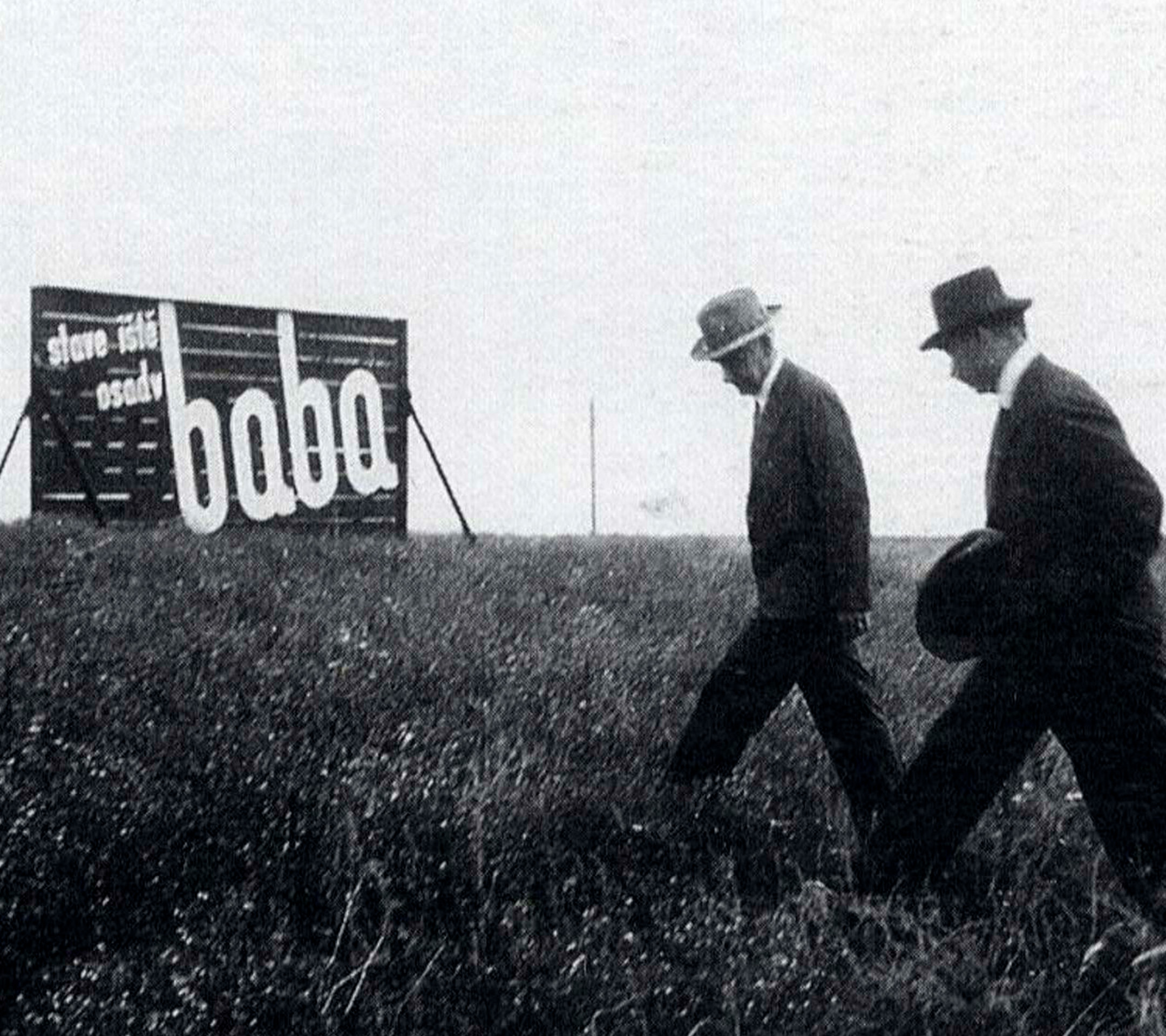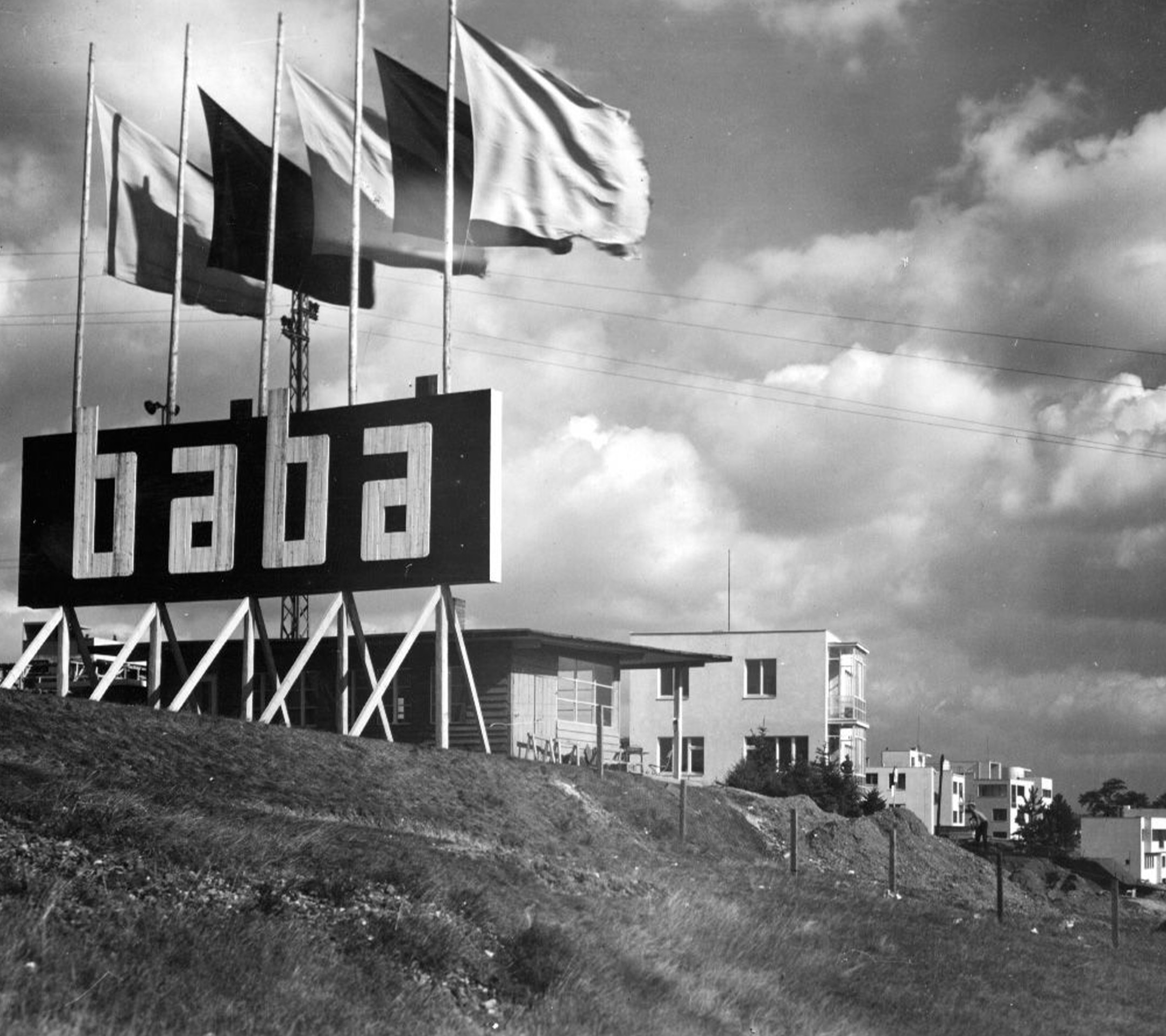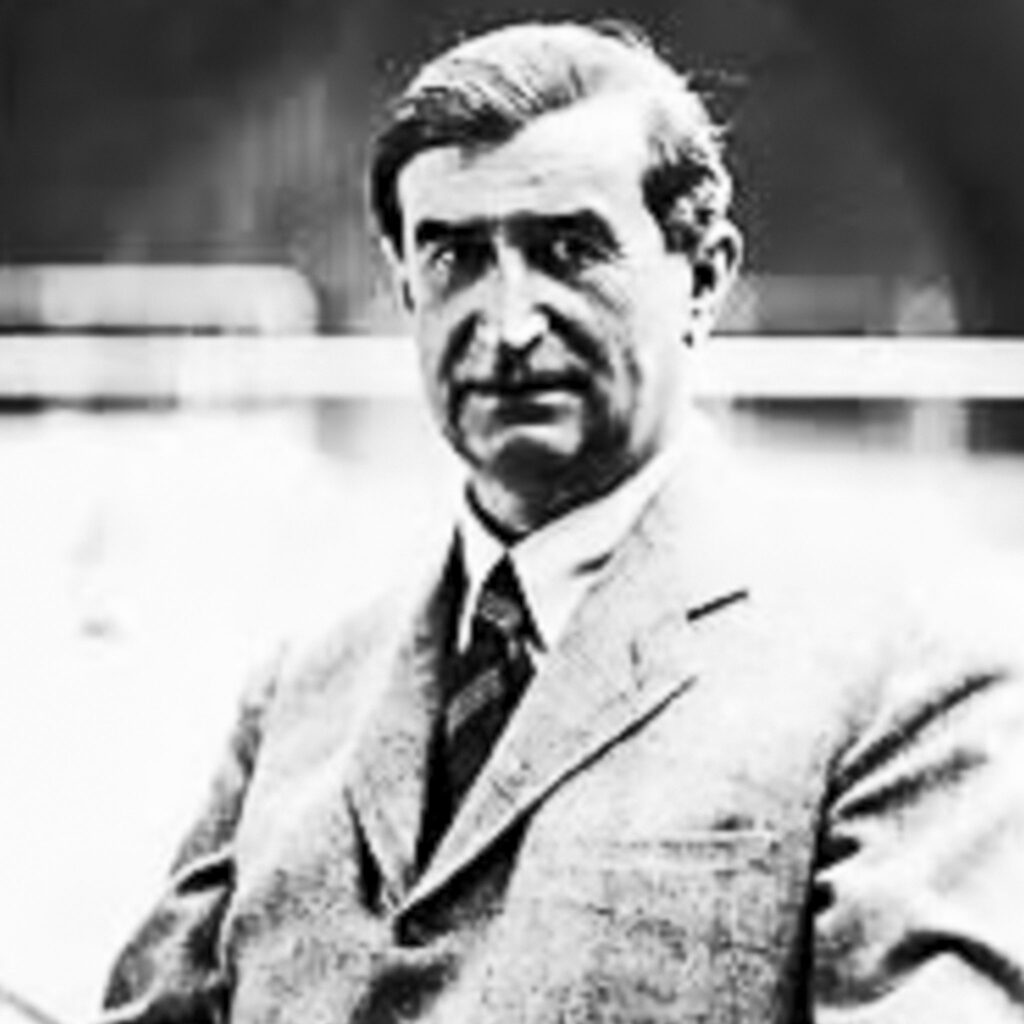
1902-1905
studied architecture with Professor Jan Kotěra at the Academy of Arts, Architecture, and Design in Prague
1905-1908
cooperated with the studio of Professor Jan Kotěra in Prague
1906
spent several months in London while supervising the Czech installation at the London Exhibition
1908-1945
independent architect in Prague
1908
member of the Mánes Union of Fine Arts
1911
co-founder of the Cubist Group of Fine Artists
1912
co-founder of the Prague Art Workshops (PUD)
1913-1914
member of the Association of Czech Works (SČD)
1916-1919
military service
1920-1924
President of the Czechoslovak Werkbund (SČSD)
1924
professor at the Academy of Fine Arts in Prague
1927
member of the Czech Academy of Sciences and Arts
1928-1931
Rector of the Academy of Fine Arts in Prague
1934
corresponding member of the Royal Institute of British Architects (RIBA)
Significant Works
1909
Wenke’s House, Jaroměř
1910
Jarušek’s House, Brno
1911-1913
The House at the Black Madonna, Prague-Staré Město
1912-13
Spa Pavilion, Bohdaneč
1920
Czechoslovak Pavilion for the trade fair in Lyon
1922-23
Legiobanka building, Prague-Nové Město
1922-24
Masaryk Square, Hradec Králové
1924-25
building plan of Hradec Králové
1924-1927
school building campus, Hradec Králové
1925
Czechoslovak Pavilion at the International Exhibition of Modern Decorative and Industrial Arts, Paris
House of Agricultural Enlightenment, Prague-Vinohrady
1928-1930
Church of St. Wenceslas, Prague-Vršovice
1932
Directorate of the Czechoslovak State Railways, Hradec Králové
1932
house of Václav and Jarmila Maule, Baba, Prague-Dejvice
1933-1936
houses of Karel Kytice, Marie and Stanislav Mojžíš-Lom, and Julius Glücklich, Baba, Prague-Dejvice
1934
Tax and District Office, Hradec Králové
Otakar Med’s villa, Humpolec
